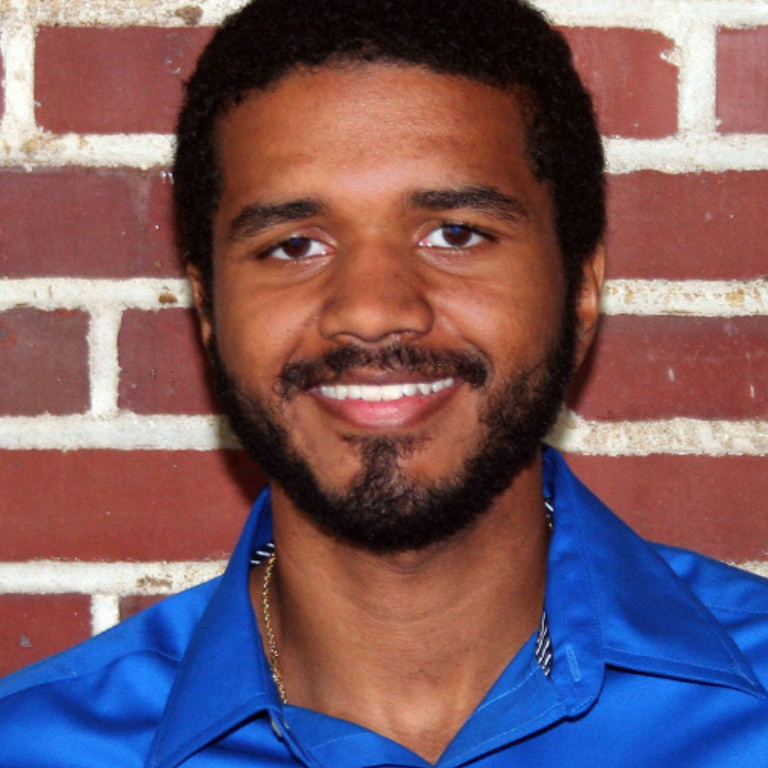Rodney Tollerson
Clostridium difficile Feo1 system transports iron into E. coli
Hosts can hinder the growth of bacterial pathogens by decreasing the amount of iron accessible to foreign cells. This creates an environment where the host and bacteria are competing for the same resources. To facilitate iron acquisition, many microbes have a system that transports ferrous iron, Fe(II), called Feo. All Feo systems require at least two proteins: FeoB, the membrane-bound ion transporter, and FeoA, a cytosolic protein. In some Feo systems, other proteins are necessary for iron transport. C. difficile encodes three putative Feo systems. feo1 expression is strongly induced in environments of low iron concentration. Previous work has shown that the expression of feo1 is repressed by Fur, an iron-dependent repressor. In this study, we examined whether Feo1 is capable of transporting iron. The feo1 operon contains four genes: feoA and feoB flanked by two smaller genes of unknown function. To determine the iron transport capability of the Feo1 system, a plasmid expressing the feo1 operon of C. difficile was transformed into an E. coli reporter strain. This reporter strain is deficient in iron transport and contains a lacZ promoter fusion to an iron-responsive promoter. In this strain, lacZ is only expressed when the concentration of iron in the cell is low. If the strain can transport iron, there is little to no lacZ expression. Our data demonstrates that in this reporter strain C. difficile Feo1 can transport iron. When the feo1 operon was cloned with only the first three genes, iron transport was no longer detected. This suggests that the last gene is necessary for iron transport. By understanding how these iron systems function may allow for the development of potential therapeutics to treat C. difficile infections.
